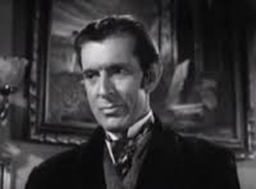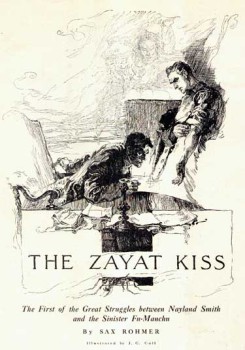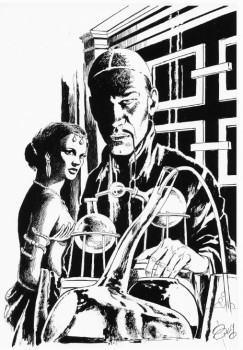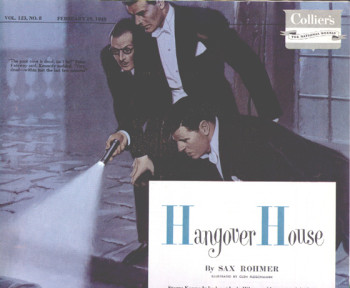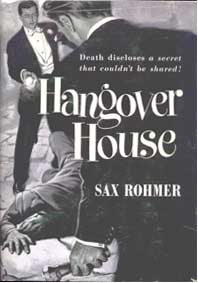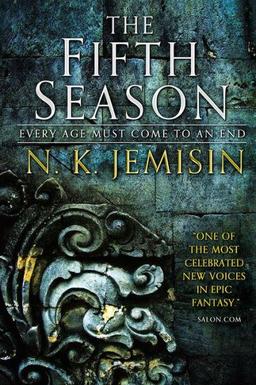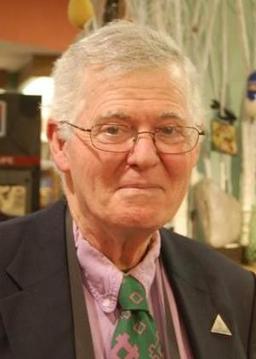The Fionavar Tapestry Book 2: The Wandering Fire by Guy Gavriel Kay
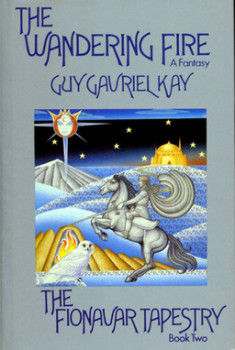 When I set out to delve into epic high fantasy late last year, I deliberately chose some stories I’d read already and remember liking. Rereading The Summer Tree, first volume of Guy Gavriel Kay’s The Fionavar Tapestry, justified my fond memories of it. I ended my review stating: “This is how epic high fantasy can look if it doesn’t want to merely ape LotR or regurgitate the same bits and pieces over and over again.” Those words do not apply to the second book, The Wandering Fire (1986).
When I set out to delve into epic high fantasy late last year, I deliberately chose some stories I’d read already and remember liking. Rereading The Summer Tree, first volume of Guy Gavriel Kay’s The Fionavar Tapestry, justified my fond memories of it. I ended my review stating: “This is how epic high fantasy can look if it doesn’t want to merely ape LotR or regurgitate the same bits and pieces over and over again.” Those words do not apply to the second book, The Wandering Fire (1986).
Upon finishing the second volume I remembered that, when I read it the first time, I didn’t rush to read the concluding book, The Darkest Road. In fact, it was several years before I picked it up. It won’t be so long this time, but I sure don’t feel like reading it tomorrow.
In The Summer Tree, five Canadian grad students were magically transported from Toronto to Fionavar, the primary universe. Over the course of the novel, they were transformed spiritually and, some of them, even physically. Dave Martyniuk became Davor, adopted member of the nomadic Dalrei, and keeper of the horn that unleashes the Wild Hunt. Kimberly Ford became the Seer, able to manipulate certain magics and see the future. More drastically, Paul Schaefer, distraught over the death of his girlfriend a year earlier, sacrificed himself on the Summer Tree to summon, and become a conduit for, the god Mornir. Jennifer Lowell was kidnapped and raped by Rakoth Maugrim, Fionavar’s dark lord. Only happy-go-lucky Kevin Laine seemed to escape unchanged, yet Fionavar was stimulating his natural mournful romantic tendencies to some unseen end.
While The Wandering Fire purports to move the group deeper into the heart of the growing fight against Maugrim, what was once exciting and focused now feels hurried and slapdash. Momentous events come and go in the space of a few paragraphs. In one case a major secret is discovered but so little time was invested in it beforehand, it seems tossed off and rather inconsequential instead of horrifying, as intended.


